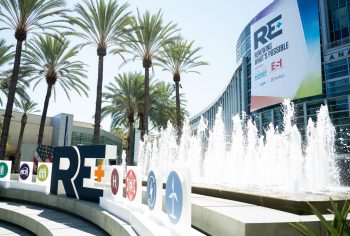California's Failure to Pass Clean Energy Legislation Is Disappointing, but Hopes Are Still High for Next Year

As California’s legislative session came to a close, three bills which would have accelerated the state’s renewable energy development and created the necessary prerequisites for an integrated grid in the West stalled. Opponents to the bills had offered “poison pill” amendments that would have undermined savings for electricity customers and limited the growth of solar and other distributed energy resources.
This year the legislature looked set to build on its long history of renewable energy leadership, but sadly, we’ve lost a great opportunity for now to expand in-state solar production and integrate with the rest of the West.
Senate Bill 100, introduced by the Senate President, Kevin de Leon, would have set a 60 percent renewable portfolio standard for 2030 and a 100 percent carbon free energy goal for 2045. Chris Holden, chairman of the Assembly Utilities & Energy Committee, had sponsored two bills- Assembly Bills 813 and 726- that would have required the Public Utilities Commission to direct the state’s utilities and community energy providers to procure renewable energy to save ratepayers money. None of the bills were brought to a final vote, but they could be taken up in the legislature next year.
Our national labs have shown that 50 percent of California’s energy can reliably and cost-effectively be provided from solar produced by utility-scale projects and those on the rooftops of homes, businesses, schools, and other buildings. But to get from 13 percent solar generation today to half in the future, we must make our grid more flexible. Better integrating California’s grid with our western neighbors is one key strategy to increase flexibility, one that will require legislation such as that proposed by Chairman Holden to change how the California ISO is governed so that utilities outside California can join.
Adding more large solar projects and creating a west-wide grid should not come at the cost of depriving Californians of the benefits of rooftop solar, battery storage and other distributed energy resources. In a late surprise, PG&E’s electrical workers proposed an amendment which would have effectively prohibited cheaper clean energy alternatives to traditional utility distribution infrastructure. Unionized labor has built all of the large solar projects in California, and Chairman Holden’s procurement bills would have created more work for labor.
We look forward to working with the legislature and the Governor to revive these legislative measures next year and keep California as a leader in forward-looking U.S. energy policy.


